A visit to Undara Queensland And What We Found
A while ago - Jo, myself and the English outlaws (Jo's family), took a trip to check out the Undara lava tubes - which, unsurprisingly are situated within the Undara national park a few hours drive from the east coast of North Queensland. What follows is a brief pictorial review of what we came across along with a smattering of pics taken in the garden ...
Undara is blessed with an absolute gob smacking amount of butterflies and moths - it would be impossible to include all we saw and snapped. However, here are a few to pique your interest.
Of course with all this lepidopteran activity going on, their predators were going to be around too - and so they were ...
As the Latin name suggests, this large and handsome Orb-weaver (above), is sometimes eaten by people ... (Bear Grylls would be positively foaming at the mouth eh?).
Our second spider gave me pause, I'm pretty sure it's a comb footed spider and perhaps even the oft maligned "Red Back" of legend ... I certainly wasn't going to argue the toss with her, and anyway she obviously had quite enough on her plate without me adding to the drama ...
We were also lucky enough to find an impressive array of Scorpions too - thanks to Jo who had gotten me a black light, it worked a treat!
This Mottled scorpion, (below), with its relatively diminutive chelae (pincers), and fat 'tail' ending with its over-sized telson (stinger), told me that this little guy probably packs quite the punch!.
There have been no deaths from scorpion envenomation that I'm aware of here in Oz ... Still - there's always a first time eh?
And a nice surprise - a mildly truculent New Holland frog ...
Not all the predators were so small - this resplendent and truly iconic Frilled-neck lizard is, in my opinion - the King of the dragons.
It wasn't all dog-eat-dog though, the place abounds in macropods - including these disingenuously named 'Wallaroo's". They aren't as one might suppose a mix of Kangaroo and Wallaby - but have their own distinct species.
All in all it was a great little trip and if you're up this way, one I'd encourage you to do ... here's a little of what they say about themselves ...
And thus it was back to the garden, not a wallaroo in sight - but as always there are a number of interesting critters just waiting to be bothered. And judging by the clingy behaviour of this misty-eyed Green tree frog upon our return, perhaps we were missed as well ;)
This pretty little frog was reflecting in the rain on the pool fence - I'm unsure of the species, but at a guess I'd say it could well be a juv orange thighed or graceful tree frog - doesn't really matter I suppose - it's just nice to see them ...
The grasshoppers are fairly conspicuous at this time of year - with the poor critter in the second photo being attacked by ants as she emerged from her discarded skin. Being all moist and soggy, there was nothing she could do to escape the onslaught and was systematically dismembered and carted off to feed the nest - all rather grim ...
Speaking of grim, I snapped this predatory wasp as she was putting the finishing touches to her nest. I've posted about these wasps before, and I think they're fascinating.
The wasp builds her nest of mud mixed with water and her saliva. She then seeks out spiders or caterpillars that she paralyses with her sting, before stuffing them into her nest where she lays an egg upon the unfortunate animal and seals the nest. Leaving the spider to the truly torturous fate of gradually being eaten alive by the developing wasp ...
And then there's this glittering little lady - the Northern jewelled spider who has a special local claim to fame. She was the first species of spider to be scientifically recorded by Joseph Banks while on Cook's expedition to Australia in 1770. A specimen was transported all the way back to England and presumably is still tucked away in some dusty corner of London's natural history museum
However, a wiki entry disputes this:
"Gasteracantha fornicata (northern jewelled spider) is a species of spiny orb-weavers (family Araneidae) found in Queensland Australia. It is similar in shape to Austracantha minax which was originally described as Gasteracantha minax. It was described by Johan Christian Fabricius in 1775, the first Australian species of spider to be named and classified".
Gasp! Someone call a "fact-checker", immediately!
Take Care
Undara is blessed with an absolute gob smacking amount of butterflies and moths - it would be impossible to include all we saw and snapped. However, here are a few to pique your interest.
 |
Red-bodied swallowtail |
 |
Mating |
 |
Common Crow |
 |
(Eurema hecabe) |
 |
Unknown but I like the smiley face on its butt :) |
Of course with all this lepidopteran activity going on, their predators were going to be around too - and so they were ...
 |
(Nephila edulis) |
As the Latin name suggests, this large and handsome Orb-weaver (above), is sometimes eaten by people ... (Bear Grylls would be positively foaming at the mouth eh?).
Our second spider gave me pause, I'm pretty sure it's a comb footed spider and perhaps even the oft maligned "Red Back" of legend ... I certainly wasn't going to argue the toss with her, and anyway she obviously had quite enough on her plate without me adding to the drama ...
 |
Theridiid? - Guarding her precious eggs |
We were also lucky enough to find an impressive array of Scorpions too - thanks to Jo who had gotten me a black light, it worked a treat!
This Mottled scorpion, (below), with its relatively diminutive chelae (pincers), and fat 'tail' ending with its over-sized telson (stinger), told me that this little guy probably packs quite the punch!.
There have been no deaths from scorpion envenomation that I'm aware of here in Oz ... Still - there's always a first time eh?
 |
(Lychas sp) |
And a nice surprise - a mildly truculent New Holland frog ...
 |
(Cyclorana novaehollandiae) |
Not all the predators were so small - this resplendent and truly iconic Frilled-neck lizard is, in my opinion - the King of the dragons.
 |
(Chlamydosaurus kingii) |
It wasn't all dog-eat-dog though, the place abounds in macropods - including these disingenuously named 'Wallaroo's". They aren't as one might suppose a mix of Kangaroo and Wallaby - but have their own distinct species.
 |
(Macropus robustus) |
All in all it was a great little trip and if you're up this way, one I'd encourage you to do ... here's a little of what they say about themselves ...
For millions of years Undara was an active shield volcano. About 190,000 years ago, in the Cainozoic Era, there was a massive eruption and lava flowed more than 90 km to the north and over 160 km to the north-west. An estimated 23.3 km3 of lava flowed from the volcano at a rate of about 1000 m3 every second. A lava flow this large could fill Sydney Harbour in six days. It is thought that the lava flowed at a temperature of around 1200 °C.
And thus it was back to the garden, not a wallaroo in sight - but as always there are a number of interesting critters just waiting to be bothered. And judging by the clingy behaviour of this misty-eyed Green tree frog upon our return, perhaps we were missed as well ;)
 |
Yeah, missed you too little guy :) |
This pretty little frog was reflecting in the rain on the pool fence - I'm unsure of the species, but at a guess I'd say it could well be a juv orange thighed or graceful tree frog - doesn't really matter I suppose - it's just nice to see them ...
 |
Pondering the mysteries of the universe eh? |
The grasshoppers are fairly conspicuous at this time of year - with the poor critter in the second photo being attacked by ants as she emerged from her discarded skin. Being all moist and soggy, there was nothing she could do to escape the onslaught and was systematically dismembered and carted off to feed the nest - all rather grim ...
 |
It may not be easy being green ... |
 |
But being brown is no picnic either - unless you're the ant |
Speaking of grim, I snapped this predatory wasp as she was putting the finishing touches to her nest. I've posted about these wasps before, and I think they're fascinating.
The wasp builds her nest of mud mixed with water and her saliva. She then seeks out spiders or caterpillars that she paralyses with her sting, before stuffing them into her nest where she lays an egg upon the unfortunate animal and seals the nest. Leaving the spider to the truly torturous fate of gradually being eaten alive by the developing wasp ...
 |
(Sceliphron sp) |
And then there's this glittering little lady - the Northern jewelled spider who has a special local claim to fame. She was the first species of spider to be scientifically recorded by Joseph Banks while on Cook's expedition to Australia in 1770. A specimen was transported all the way back to England and presumably is still tucked away in some dusty corner of London's natural history museum
 |
The first? |
However, a wiki entry disputes this:
"Gasteracantha fornicata (northern jewelled spider) is a species of spiny orb-weavers (family Araneidae) found in Queensland Australia. It is similar in shape to Austracantha minax which was originally described as Gasteracantha minax. It was described by Johan Christian Fabricius in 1775, the first Australian species of spider to be named and classified".
Gasp! Someone call a "fact-checker", immediately!
Take Care
A wallaroo is any of three closely related species of moderately large macropod, intermediate in size between the kangaroos and the wallabies. The word "wallaroo" is a portmanteau of "wallaby" and "kangaroo". In general, a large, slim-bodied macropod of the open plains is called a "kangaroo"; a small to medium-sized one, particularly if it is relatively thick-set, is a "wallaby": most wallaroos are only a little smaller than a kangaroo, fairly thickset, and are found in open country.
All share a particular habit of stance: wrists raised, elbows tucked close into the body, and shoulders thrown back, and all have a large, black-skinned rhinarium.
All share a particular habit of stance: wrists raised, elbows tucked close into the body, and shoulders thrown back, and all have a large, black-skinned rhinarium.
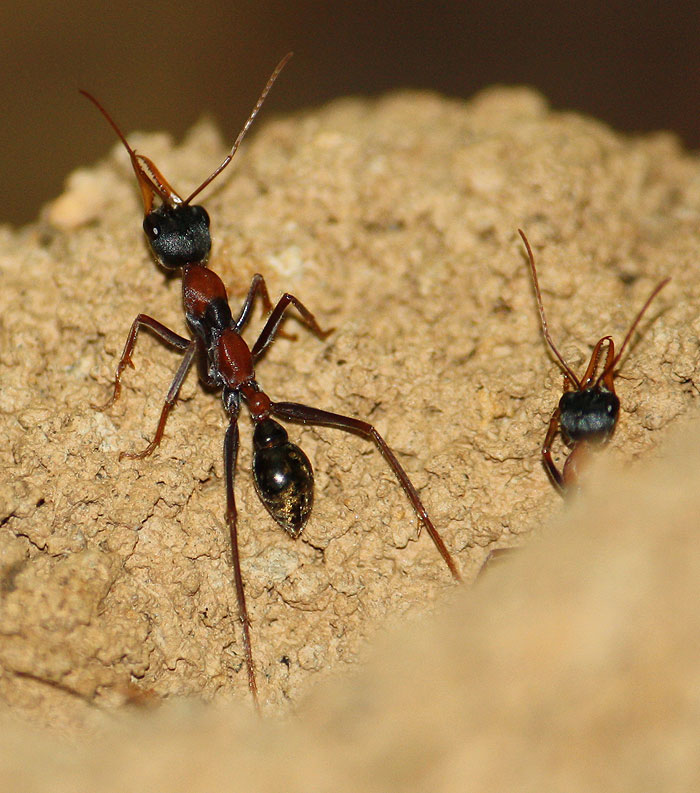
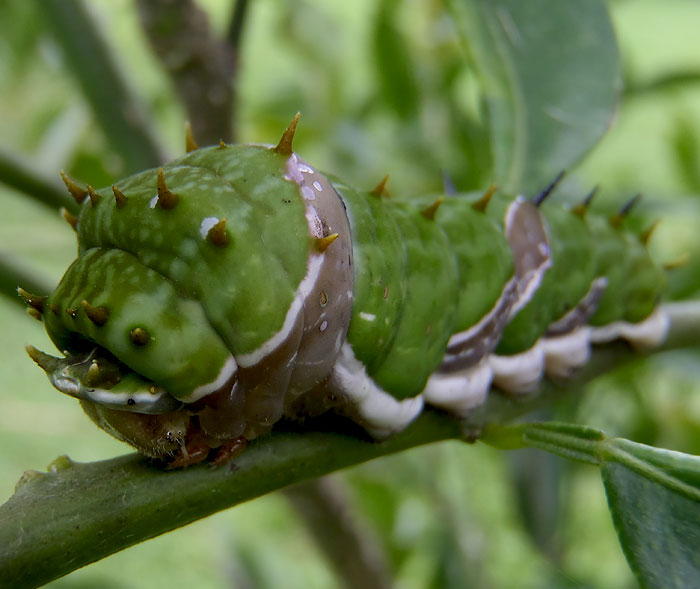
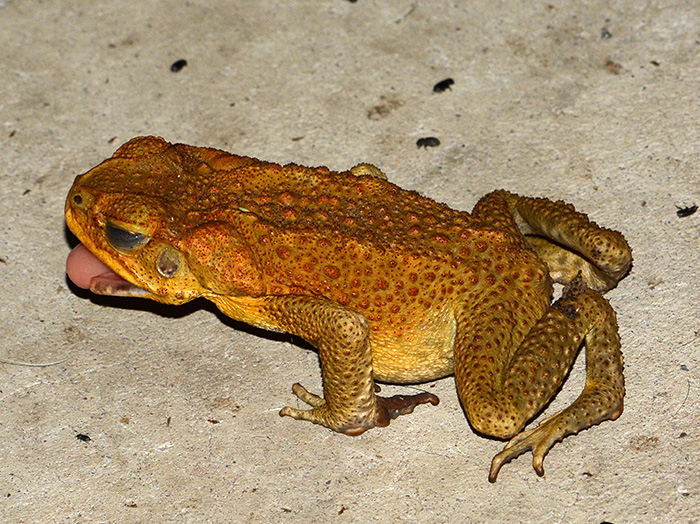
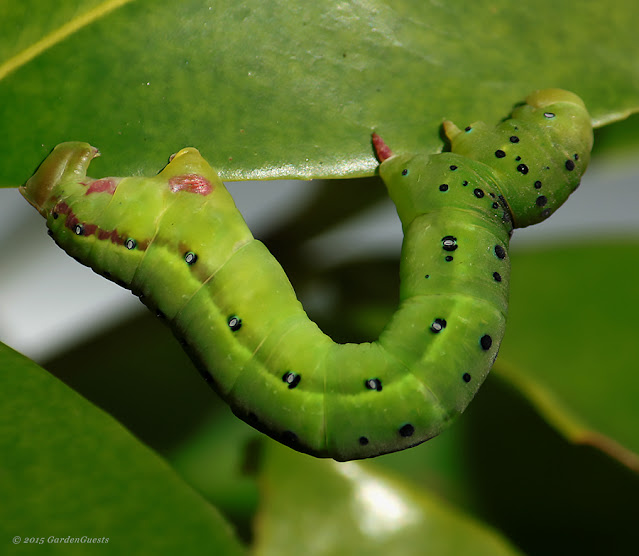
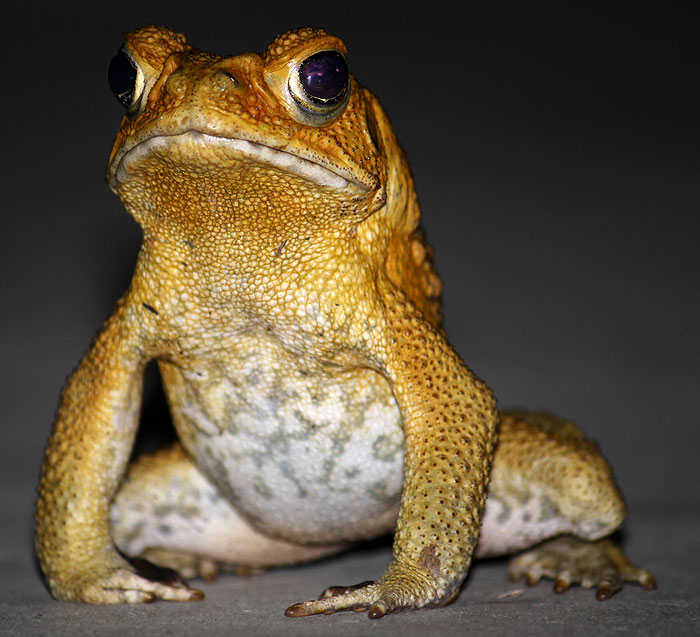
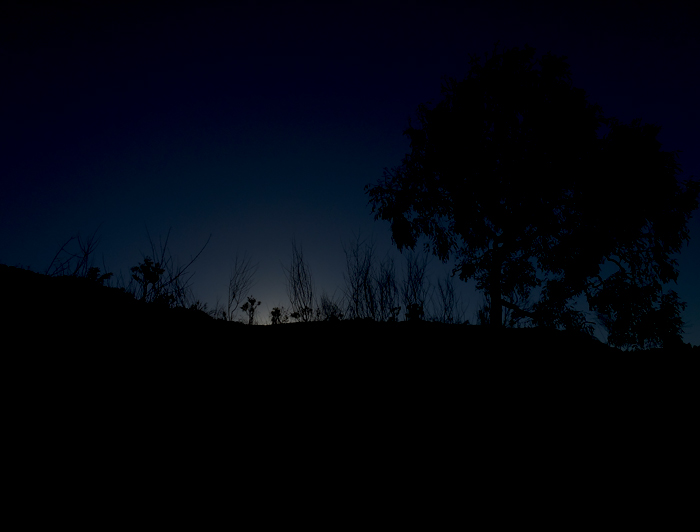
Comments
Post a Comment